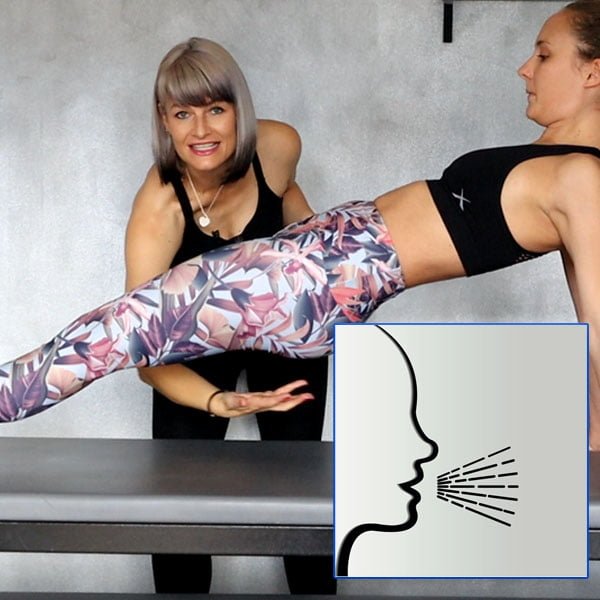Discover More Effective Cues For Popular Exercises – Recorded Webinar
Description
Finding the most effective cues for popular exercises is like discovering the secret ingredients that ensure a perfectly cooked dish. It’s all about those clever little prompts that help your clients get the most out of their sessions while keeping things fun and engaging for them.
read moreBy learning how to provide better cues, you can elevate your fitness classes and unlock new levels of success. In this recorded webinar, we will explore different techniques and strategies to discover more effective cues for popular exercises.
Why are cues important?
Cues act as guiding signals that help individuals perform exercises correctly by focusing on the right muscles, maintaining proper form, and reducing the risk of injury. They provide a bridge between the instructor’s expertise and the client’s understanding, allowing for effective communication during fitness sessions. Without clear and effective cues, clients might perform exercises incorrectly or miss out on the full benefits of their workout.
Sprinkling imagination into your classes
One way to make your cues more effective is by sprinkling imagination into your classes. Instead of simply instructing clients to “lift their legs up,” you can use creative cues that inspire their imagination and create a more engaging experience. For instance, you could ask them to imagine their legs as feathers floating on a breeze, encouraging them to visualize the movement and engage their core muscles for balance and control.
Tailoring cues to different learning styles
Another key to effective cues is tailoring them to different learning styles. People learn in different ways – some are visual learners, while others are more auditory or kinesthetic. By understanding your clients’ learning styles, you can provide cues that resonate with them on a deeper level.
For visual learners, incorporate imagery and demonstrations to help them visualize the correct form and movement. Auditory learners may benefit from cues that involve specific sounds or music, enhancing their focus and rhythm during exercises. Kinesthetic learners thrive on physical sensations, so incorporate tactile cues that help them feel the correct muscle engagement and body positioning.
Cueing for safety and precision
Safety and precision are paramount in any fitness program. Using effective cues can help clients perform exercises with proper form and reduce the risk of injury. For example, instead of instructing clients to “squat,” you can cue them to “keep the chest lifted, heels grounded, and knees in line with the toes.” This detailed cue provides a clear picture of the desired posture and alignment, ensuring safety and precision in the movement.
Conclusion Discovering more effective cues for popular exercises is an ongoing journey that requires creativity, adaptability, and a deep understanding of your clients’ needs. By sprinkling imagination into your classes, tailoring cues to different learning styles, and prioritizing safety and precision, you can take your fitness instruction to new heights. Continue to explore and experiment with cueing techniques, and watch as your clients achieve their goals while having fun along the way.
For quick tips and inspiration, follow us on Instagram for regular bite-sized chunks of information
show less


